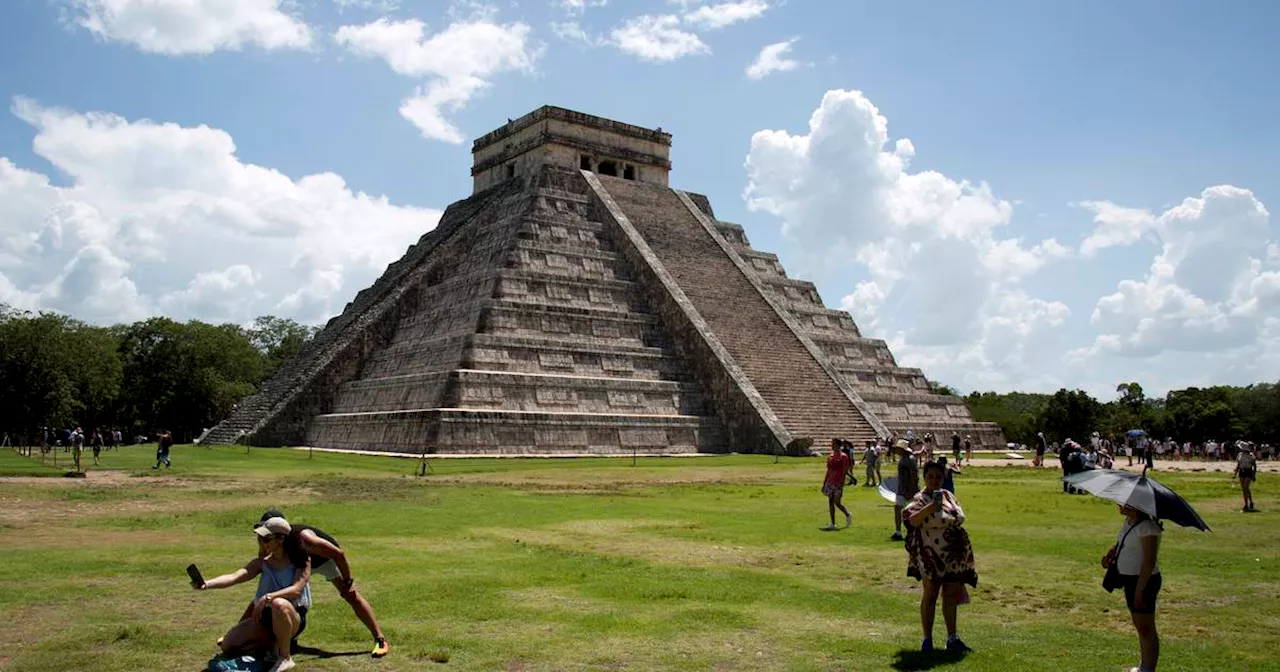Researchers analyzing DNA at ancient Mayan city of Chichén Itzá, a site for human sacrifices, found that young boys, including twins, were buried in a mass grave there.
The ancient Mayan city of Chichén Itzá, long known as a site of human sacrifice, has fascinated millions of visitors from around the world. But new research reveals more clues to the identities of some of the young victims who were buried at the site in southeastern Mexico - as well as their relatives who are still alive today.
Rodrigo Barquera, lead author of a new paper on the research, said in an interview that the findings were “a breakthrough.” It was the first example of an all-male infant burial site there, said Barquera, a postdoctoral researcher at the Max Planck Institute for Evolutionary Anthropology in Leipzig, Germany.
In addition to the two pairs of identical twins, the team found that a quarter of the remains tested had a close relative in the cistern, “suggesting that the sacrificed children may have been specifically selected for their close biological kinship.” Due to the fact that not all of the remains could be tested, researchers say the number of children found at the site who were related could have been even higher.They also discovered that the closely related children had consumed similar diets.
The ancient city of Chichén Itzá, home to one of the largest pyramids from the Mayan period, first rose to prominence in A.D. 600. According to UNESCO, the site began to decay in the 15th century - but researchers say it remained a popular site for Mayan pilgrims into the colonial period and beyond. It was designated a UNESCO World Heritage site in 1988.
The age of the burial site and its use over years show that Mayan rituals “were much more complex than just offering things to the gods because you need a favor or you need to ask for forgiveness,” he added.
Indonesia Berita Terbaru, Indonesia Berita utama
Similar News:Anda juga dapat membaca berita serupa dengan ini yang kami kumpulkan dari sumber berita lain.
 DNA reveals surprise about the children ancient Mayans chose to sacrificeResearchers analyzing DNA at ancient Mayan city of Chichén Itzá, a site for human sacrifices, found that young boys, including twins, were buried in a mass grave there.
DNA reveals surprise about the children ancient Mayans chose to sacrificeResearchers analyzing DNA at ancient Mayan city of Chichén Itzá, a site for human sacrifices, found that young boys, including twins, were buried in a mass grave there.
Baca lebih lajut »
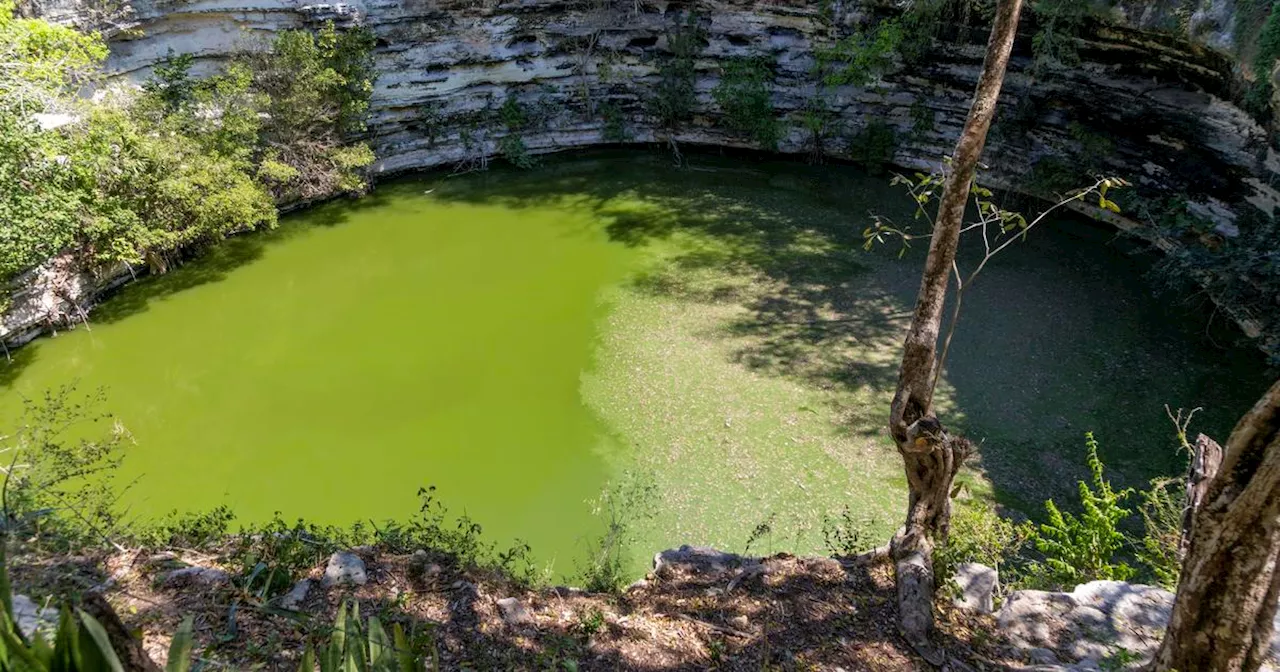 DNA reveals ritual of sacrificing boys, including twins, in ancient Mayan city, scientists sayIn-depth genetic testing of dozens of human remains found a ritual of sacrificing related male children in the Mayan city of Chichén Itzá.
DNA reveals ritual of sacrificing boys, including twins, in ancient Mayan city, scientists sayIn-depth genetic testing of dozens of human remains found a ritual of sacrificing related male children in the Mayan city of Chichén Itzá.
Baca lebih lajut »
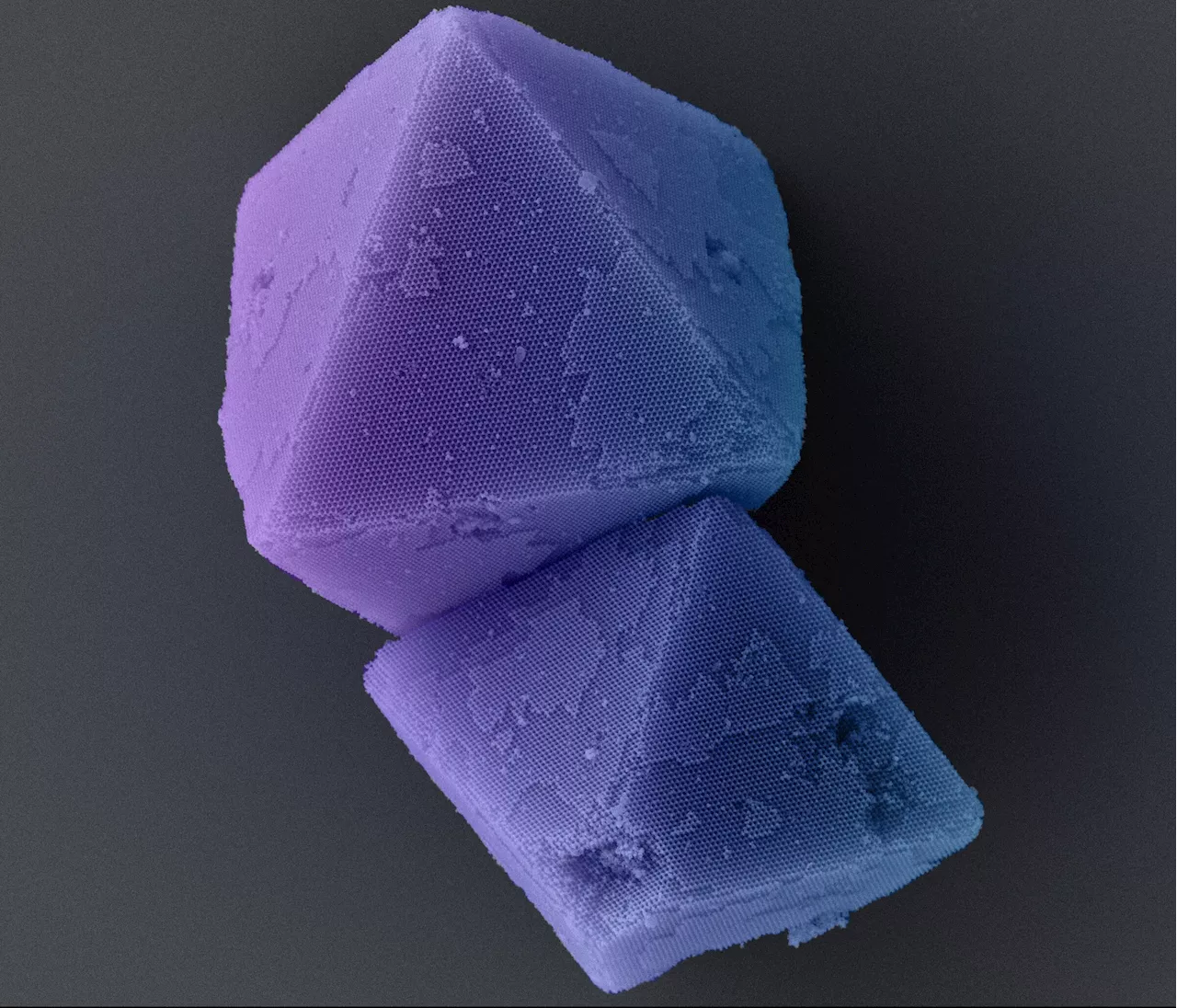 Using DNA origami, researchers create diamond lattice for future semiconductors of visible lightThe shimmering of butterfly wings in bright colors does not emerge from pigments. Rather, photonic crystals are responsible for the play of colors. Their periodic nanostructure allows light at certain wavelengths to pass through while reflecting other wavelengths.
Using DNA origami, researchers create diamond lattice for future semiconductors of visible lightThe shimmering of butterfly wings in bright colors does not emerge from pigments. Rather, photonic crystals are responsible for the play of colors. Their periodic nanostructure allows light at certain wavelengths to pass through while reflecting other wavelengths.
Baca lebih lajut »
 Researchers identify the 18 World War II executed civilians of Adele, Rethymnon, using ancient DNA analysisA pioneering, national-level study has been conducted by the research group of Paleogenomics and Evolutionary Genetics of the Institute of Molecular Biology and Biotechnology (IMBB) of the Foundation for Research and Technology–Hellas (FORTH).
Researchers identify the 18 World War II executed civilians of Adele, Rethymnon, using ancient DNA analysisA pioneering, national-level study has been conducted by the research group of Paleogenomics and Evolutionary Genetics of the Institute of Molecular Biology and Biotechnology (IMBB) of the Foundation for Research and Technology–Hellas (FORTH).
Baca lebih lajut »
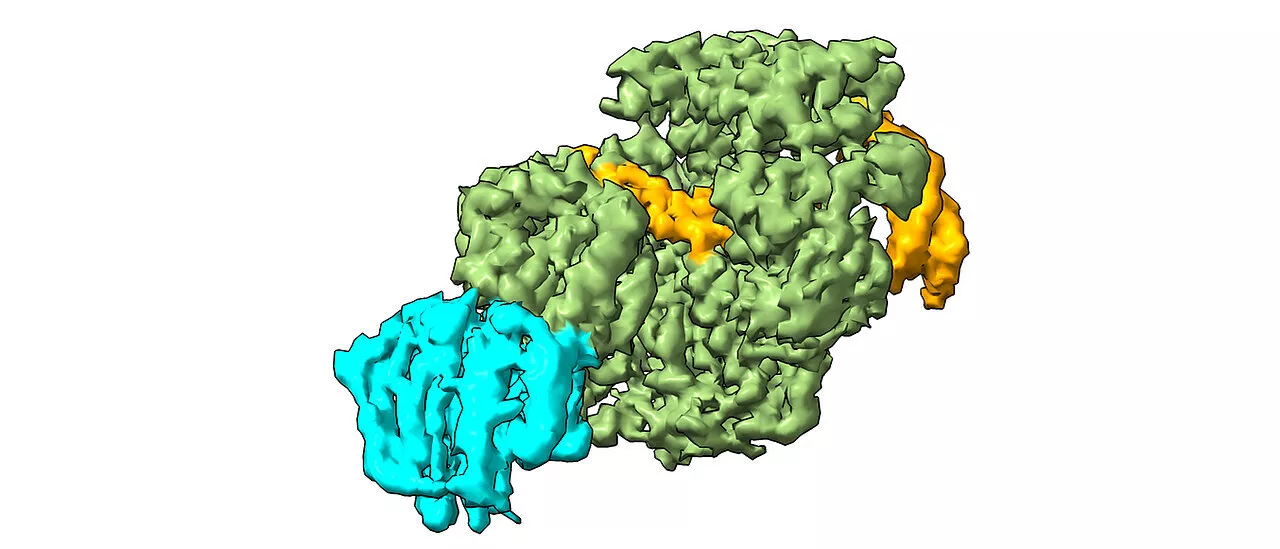 DNA repair mechanism further elucidated in cryo-electron microscopy experimentResearchers have discovered how the protein XPD detects severe DNA damage and controls its repair.
DNA repair mechanism further elucidated in cryo-electron microscopy experimentResearchers have discovered how the protein XPD detects severe DNA damage and controls its repair.
Baca lebih lajut »
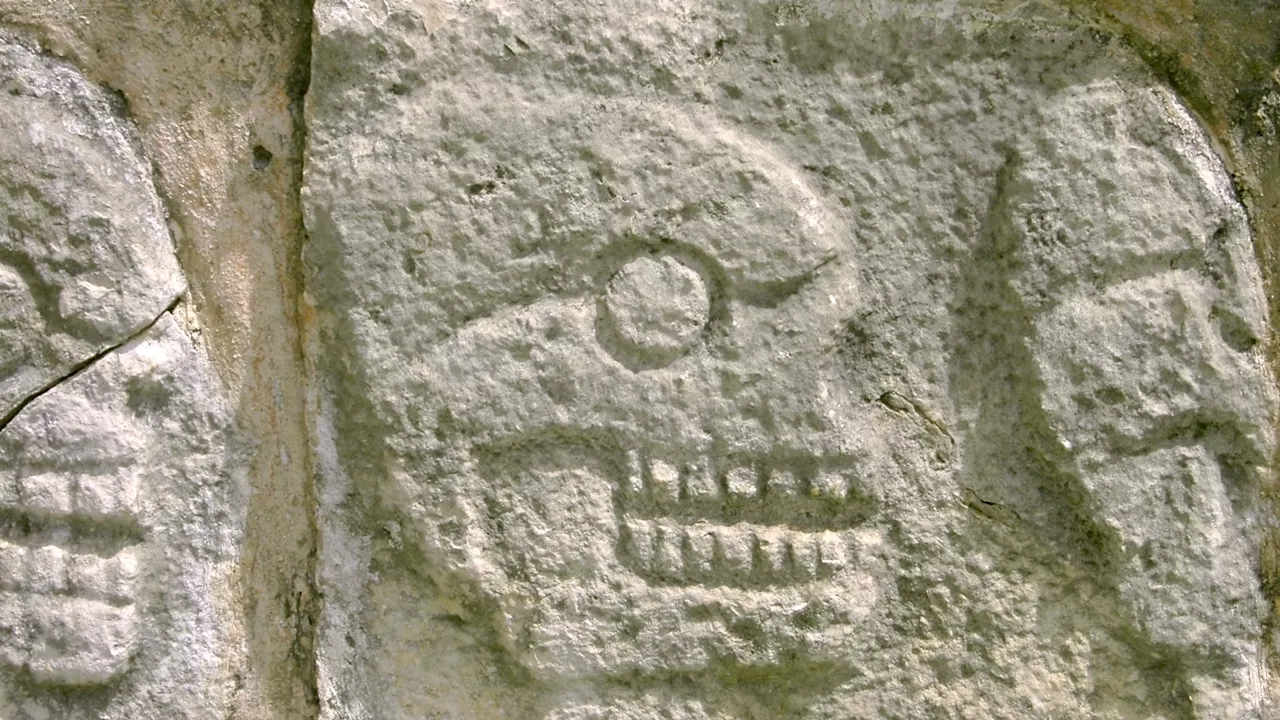 Ancient Mayan human sacrifices involved twinsAndrew Paul is Popular Science's staff writer covering tech news. Previously, he was a regular contributor to The A.V. Club and Input, and has had recent work featured by Rolling Stone, Fangoria, GQ, Slate, NBC, as well as McSweeney's Internet Tendency. He lives outside Indianapolis.
Ancient Mayan human sacrifices involved twinsAndrew Paul is Popular Science's staff writer covering tech news. Previously, he was a regular contributor to The A.V. Club and Input, and has had recent work featured by Rolling Stone, Fangoria, GQ, Slate, NBC, as well as McSweeney's Internet Tendency. He lives outside Indianapolis.
Baca lebih lajut »
